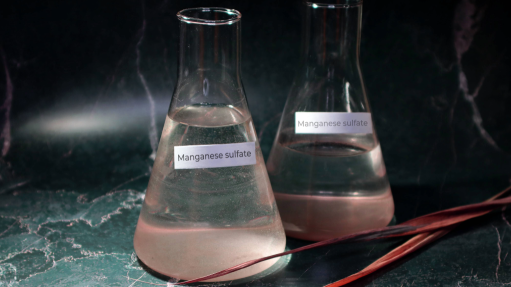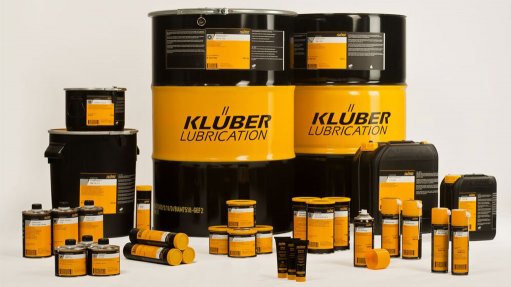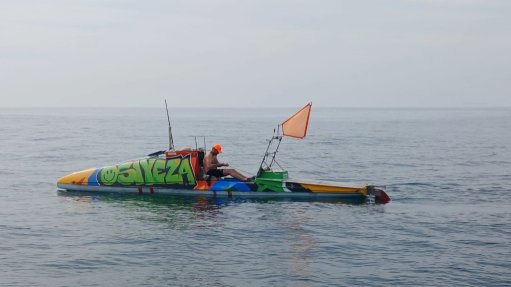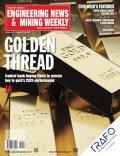International research team has developed new way to convert CO2 into green methanol
Scientists from the UK, Germany and Australia have successfully converted carbon dioxide (CO2) into methanol, a green fuel, using a new technique that they have developed. The research involved chemists from the University of Birmingham, the University of Ulm, the University of Queensland and was led by scientists at the School of Chemistry at the University of Nottingham.
The new approach does not require the use of hydrogen, as is the case of the existing methods of converting CO2 into useful products. It employs a technology called photocatalysis, in which light is shone on a semiconductor material, so exciting electrons and allowing them to move through the material and react with CO2 and water. This produces a range of useful products, including methanol. But, hitherto, this process has suffered from inefficiency and inadequate selectivity.
The research team has successfully developed a new material, composed of individual copper atoms anchored to, or nested within, nanocrystalline carbon nitrate structures. This allows electrons to move from the carbon nitrate to the CO2. This is essential to allow the production of methanol from CO2, using sunlight to trigger the reaction.
“There is a large variety of different materials used in photocatalysis,” explained University of Nottingham School of Chemistry research fellow Dr Madasamy Thangamuthu. “It is important that the photocatalyst absorbs light and separates charge carriers with high efficiency. In our approach, we control the material at the nanoscale. We developed a new form of carbon nitride with crystalline nanoscale domains that allow efficient interaction with light as well as sufficient charge separation.”
“We measured the current generated by light and used it as a criterion to judge the quality of the catalyst,” reported School of Chemistry PhD student Tara LeMercier. “Even without copper, the new form of carbon nitride is 44 times more active than traditional carbon nitride. However, to our surprise, the addition of only 1 mg of copper per 1 g of carbon nitride quadrupled this efficiency. Most importantly the selectivity changed from methane, another greenhouse gas, to methanol, a valuable green fuel.”
“It is vitally important to ensure the sustainability of our catalyst materials for this important reaction,” highlighted School of Chemistry Professor Andrei Khlobystov. “A big advantage of the new catalyst is that it consists of sustainable elements – carbon, nitrogen and copper – all highly abundant on our planet.”
This research has opened the way to the development of extremely selective and tuneable catalysts, which would allow the ‘dialling up’ of the desired product, through control of the catalyst at the nanoscale.
The research has been funded by the UK’s Engineering and Physical Sciences Research Council, under its ‘Metal Atoms on Surfaces and Interfaces for a sustainable future’ (MASI) programme. MASI is focused on the development of catalyst materials to convert CO2, hydrogen and ammonia molecules, which are critically important in both economic and environmental terms, while ensuring the sustainable use of the chemical elements that make up the catalysts.
Comments
Press Office
Announcements
What's On
Subscribe to improve your user experience...
Option 1 (equivalent of R125 a month):
Receive a weekly copy of Creamer Media's Engineering News & Mining Weekly magazine
(print copy for those in South Africa and e-magazine for those outside of South Africa)
Receive daily email newsletters
Access to full search results
Access archive of magazine back copies
Access to Projects in Progress
Access to ONE Research Report of your choice in PDF format
Option 2 (equivalent of R375 a month):
All benefits from Option 1
PLUS
Access to Creamer Media's Research Channel Africa for ALL Research Reports, in PDF format, on various industrial and mining sectors
including Electricity; Water; Energy Transition; Hydrogen; Roads, Rail and Ports; Coal; Gold; Platinum; Battery Metals; etc.
Already a subscriber?
Forgotten your password?
Receive weekly copy of Creamer Media's Engineering News & Mining Weekly magazine (print copy for those in South Africa and e-magazine for those outside of South Africa)
➕
Recieve daily email newsletters
➕
Access to full search results
➕
Access archive of magazine back copies
➕
Access to Projects in Progress
➕
Access to ONE Research Report of your choice in PDF format
RESEARCH CHANNEL AFRICA
R4500 (equivalent of R375 a month)
SUBSCRIBEAll benefits from Option 1
➕
Access to Creamer Media's Research Channel Africa for ALL Research Reports on various industrial and mining sectors, in PDF format, including on:
Electricity
➕
Water
➕
Energy Transition
➕
Hydrogen
➕
Roads, Rail and Ports
➕
Coal
➕
Gold
➕
Platinum
➕
Battery Metals
➕
etc.
Receive all benefits from Option 1 or Option 2 delivered to numerous people at your company
➕
Multiple User names and Passwords for simultaneous log-ins
➕
Intranet integration access to all in your organisation

















